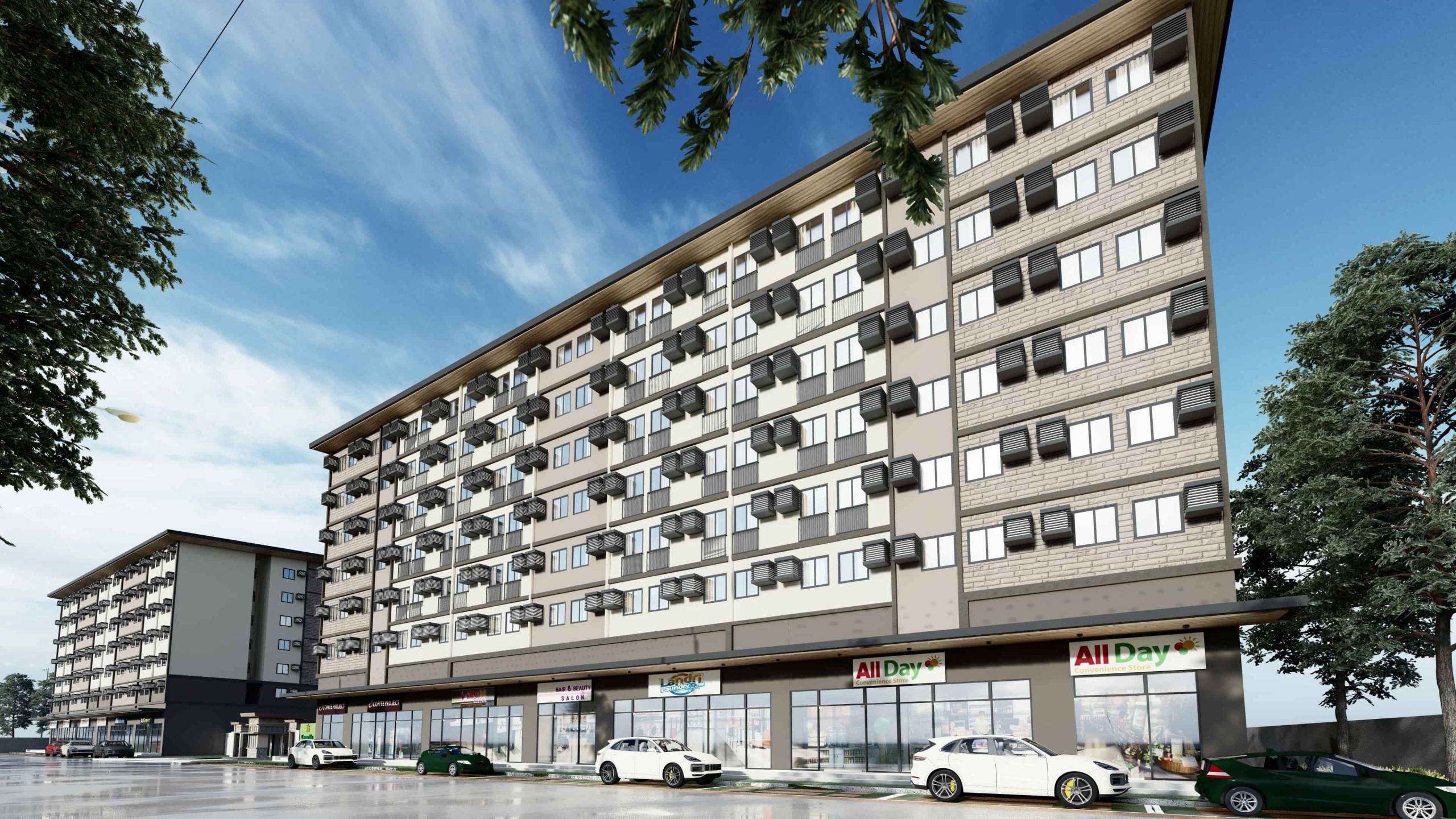
As the temperature rises during summer months in the Philippines, keeping your home cool and energy-efficient becomes a top priority. Not only will this help you beat the heat, but it can also save you money on your energy bills.
Fortunately, there are many simple steps you can take to keep your home comfortable without breaking the bank. We’ve got you covered with tips and tricks for an efficient and comfortable summer!
How to maximize natural ventilation
Natural ventilation is the process of bringing fresh air into your home through openings such as windows, doors, and vents. This type of ventilation can help reduce indoor air pollution and regulate temperature without relying on energy-consuming appliances.
To maximize natural ventilation in your home, start by identifying areas where hot air tends to accumulate. These are typically rooms with large windows or skylights that face the sun for most of the day. To prevent heat buildup, consider installing shading devices like blinds or curtains that can block direct sunlight while still allowing airflow.
Another way to maximize natural ventilation is by using cross-ventilation techniques. This involves opening windows and doors on opposite sides of a room or house to create a flow of fresh air throughout the space.
You can also enhance natural ventilation by choosing building materials that promote airflow, such as porous bricks or perforated metal panels. Additionally, maintaining proper insulation in your home will ensure that cool air stays inside during the summer months.
How to choose the right type of insulation
Choosing the right insulation for your home is essential to keep it cool and energy-efficient during the summer months. There are several types of insulation materials available and each type has its advantages and disadvantages that you should carefully consider before making a decision.
Fiberglass insulation is one of the most commonly used types because of affordability and efficient installation. However, it doesn’t provide an air seal unless combined with other materials like plastic wrap or foam board. Cellulose insulation is made from recycled paper products treated with fire retardants but can be prone to settling over time.
Spray foam insulation provides excellent insulating properties due to its ability to expand into crevices and tightly cover gaps around pipes and electrical wires. It also acts as a moisture barrier but can be costly compared to other options.
Consider hiring a professional contractor who can assess your home’s needs based on factors like location, climate conditions, and budgetary constraints when choosing the right type of insulation material for your home.
Types of shading devices to consider
Shading devices are an effective way to keep your home cool and reduce the amount of energy needed for air conditioning. There are several types of shading devices to consider for your home.
The first type is fixed shading, such as overhangs or awnings. These provide a permanent shade solution that blocks the sun’s rays during peak hours when it’s the hottest outside.
Another option is retractable shading, like roller shades or curtains. These can be easily adjusted depending on the time of day or season and give you more control over how much sunlight enters your home.
For outdoor areas like patios or decks, pergolas or trellises with climbing plants offer both shade and aesthetic appeal while helping lower temperatures.
List of energy-efficient appliances
When it comes to keeping your home cool and energy-efficient during the summer months, choosing the right appliances can make a big difference. Here are some energy-efficient appliances that you should consider for your home:
Firstly, air conditioning units with a high SEER rating (Seasonal Energy Efficiency Ratio) are more efficient than those with lower ratings. Look for an AC unit with a SEER rating of at least 14.
Secondly, ceiling fans can help circulate cool air throughout your home while using less energy than an AC unit. Choose a fan with an ENERGY STAR certification to ensure maximum efficiency.
Thirdly, refrigerators and freezers also play a significant role in your home’s energy consumption. Opt for models that have been certified by ENERGY STAR as they use up to 15% less energy compared to standard models.
Fourthly, LED light bulbs consume significantly less power than traditional incandescent bulbs while providing the same amount of lighting or even more brightness.
Smart thermostats allow you to control the temperature of your home remotely through mobile apps which save money on electricity bills and reduce unnecessary usage when no one is at home.
Keep your air conditioning unit maintained
One of the most effective ways to keep your home cool and comfortable during the hot summer months is by using an air conditioning unit. However, for your AC system to function efficiently, it’s important to keep it properly maintained. It can help prevent breakdowns and extend the lifespan of your air conditioner.
It’s recommended that you have a professional HVAC technician inspect and clean your AC unit at least once a year. This will ensure that all components are functioning optimally.
In addition, there are some simple DIY tasks you can perform regularly to keep your AC unit running smoothly. For example, regularly cleaning or changing the air filter can improve airflow and reduce strain on the system. You should also make sure that outdoor units aren’t obstructed by debris or vegetation.
How plants help keep your home cool
Plants are not only a great way to add some greenery to your home, but they can also help keep it cool during the summer months. Through a process called transpiration, plants release moisture into the air, which helps lower the temperature in their surroundings.
When selecting plants for your home, choose ones that thrive in bright, indirect light and do not require too much watering. Snake plants, spider plants, and peace lilies are some good options for your home. These types of plants are low maintenance and can withstand various temperatures.
Another option is to create an indoor garden by placing potted herbs such as mint or basil near sunny windows. These herbs not only provide fresh ingredients for cooking but also have cooling properties that help reduce the temperature in your home.
If you have outdoor space available, consider planting trees around your house or installing a trellis with climbing vines. Trees provide shade that blocks direct sunlight from entering your home while climbing vines add a layer of insulation on exterior walls.
Conclusion
Summing up, keeping your home cool and energy-efficient during summer months is important not only for your comfort but also for the environment.
If you’re looking to buy an energy-efficient home or plan on building one from scratch, Camella offers various sustainable features that address both environmental concerns and practical needs. From solar panels to rainwater harvesting systems, there are many innovative ways you can reduce your carbon footprint while enjoying a comfortable lifestyle.
In addition to these recommendations, we encourage you to educate yourself further about renewable energy sources and sustainable living practices by exploring online resources such as government websites or attending local seminars on green living. Remember that every small step counts towards making our world more eco-friendly!

Check out our Condo for Sale Properties
Discover our condo for sale properties in the Philippines


